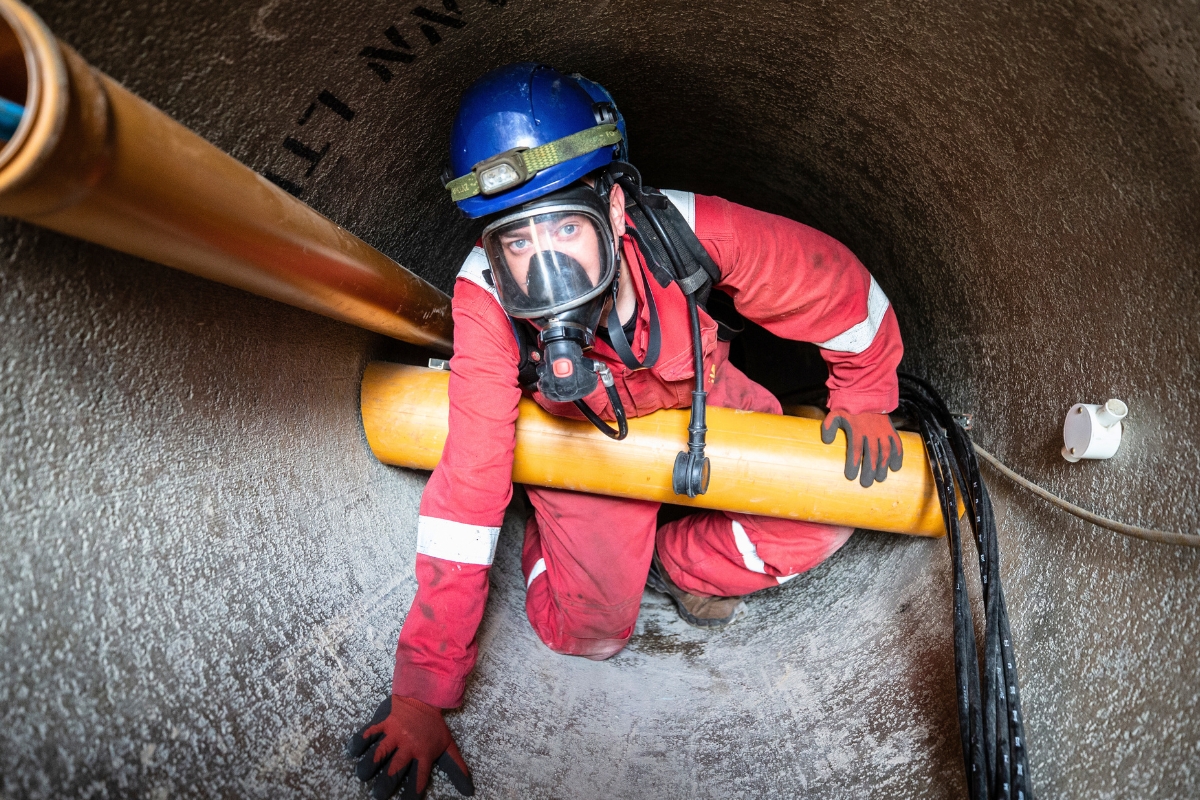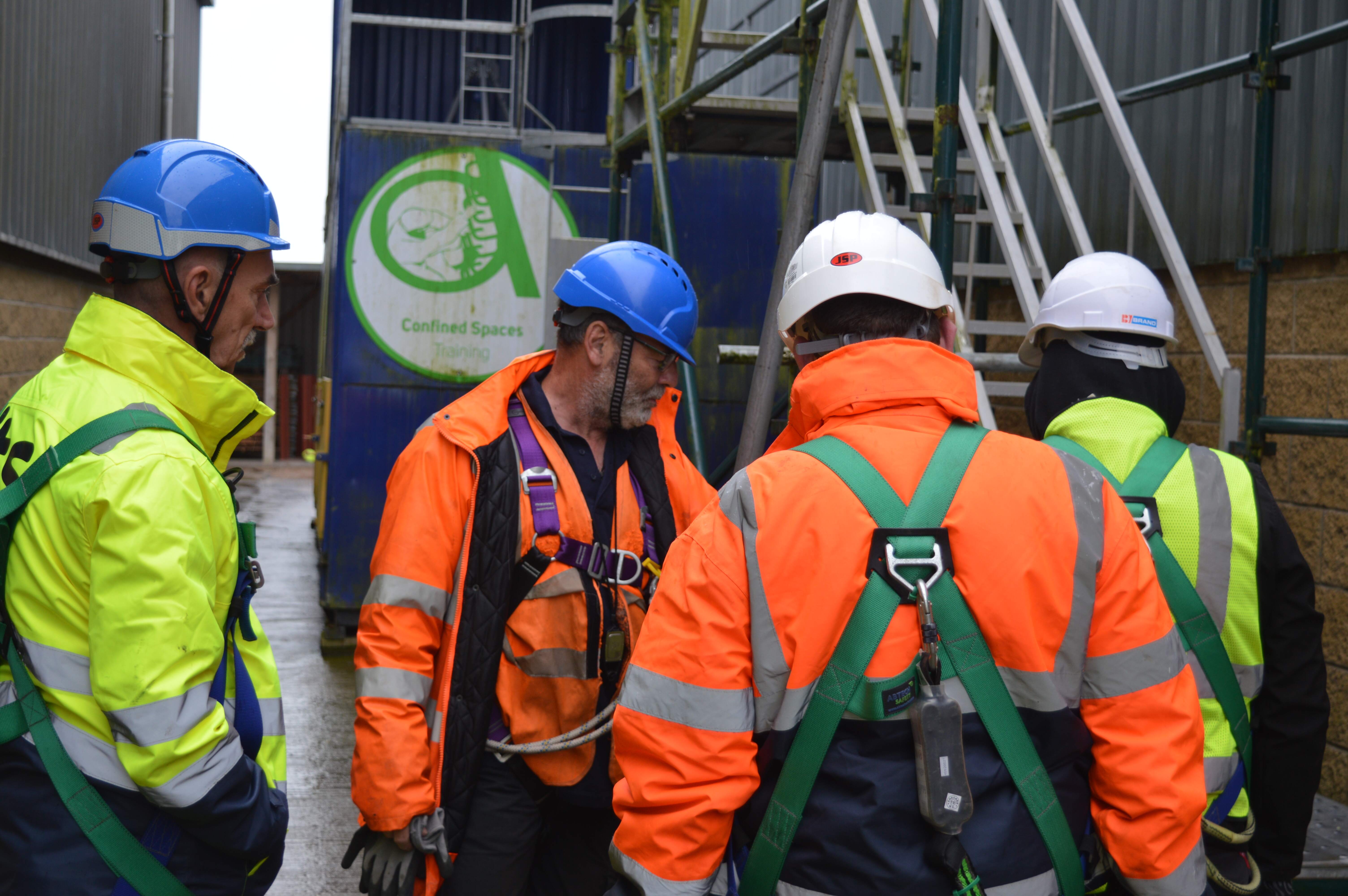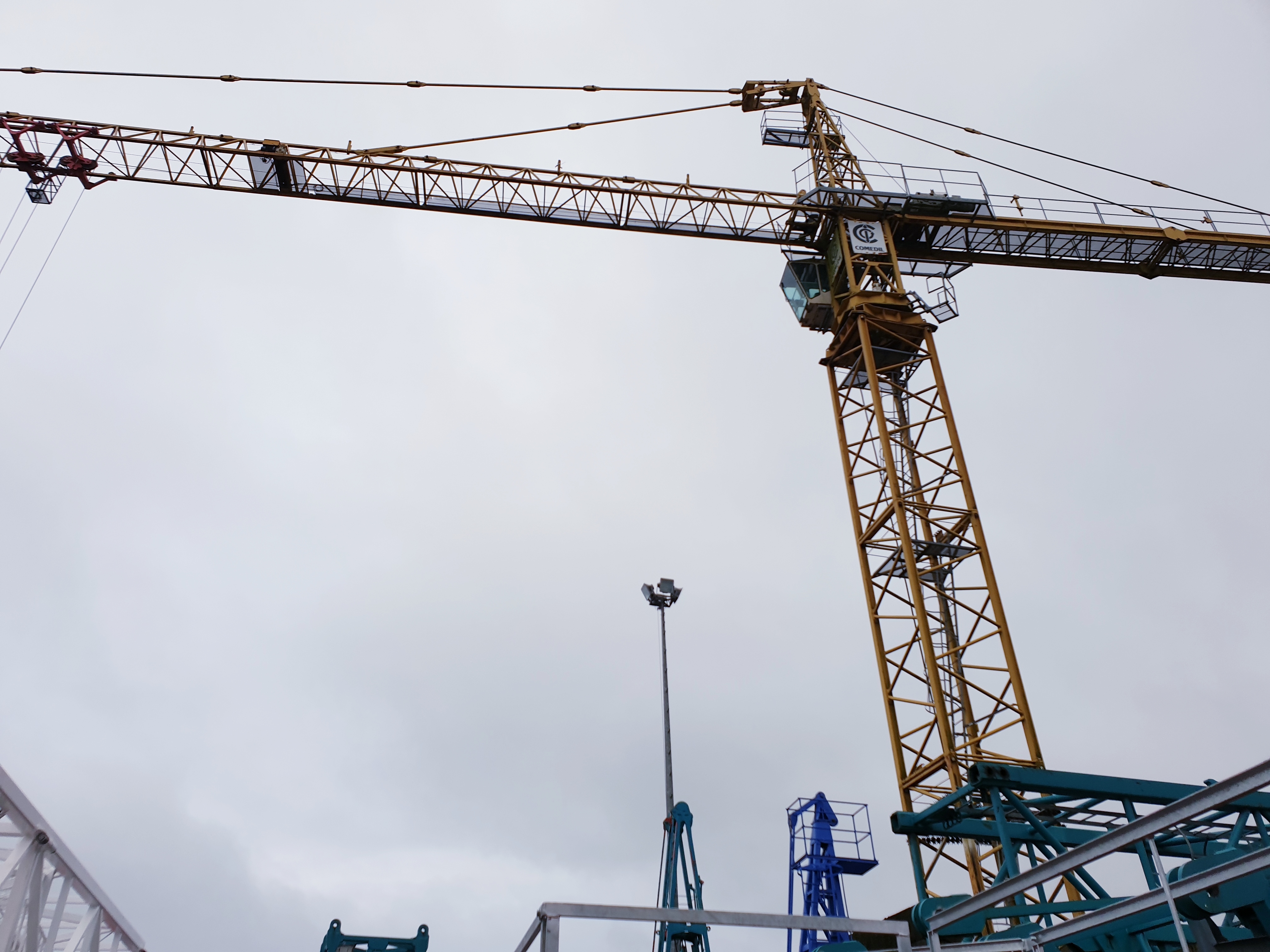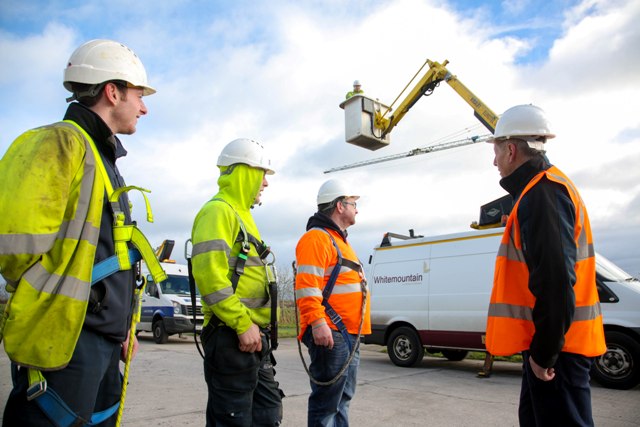Working in confined spaces is a high-risk activity that requires specialised skills, equipment, and preparation. Confined spaces—defined by their limited access and restricted airflow—present a variety of hazards, including toxic gases, poor ventilation, and the potential for entrapment. These risks make some of the most dangerous environments for industrial workers, and every year, accidents and fatalities occur due to improper safety measures or lack of training. However, ensuring that workers have proper training can mean the difference between life and death when working within confined spaces.
What Are Confined Spaces?
A confined space is defined as any place where:
- There is a risk of serious injury due to hazardous substances or dangerous conditions (such as lack of oxygen), and
- The space is substantially enclosed (either fully or partially), making it difficult to enter or exit i.e. chamber, tank, vat, silo, pit, trench, pipe, sewer, flue, well, or other similar space.
Workers may be unaware of these dangers without proper training, leading to serious accidents or fatalities.
Why Confined Space Training is Essential
When an accident happens in a confined space, the window for rescue is extremely narrow. Untrained workers may enter the space to attempt a rescue, only to become victims themselves. This “domino effect” is common making training essential for any worker involved in this type of work. Those who are appropriately trained to work in confined spaces and in self-rescue are better equipped to:

- Assess the risks before entering.
- Follow safe entry and exit procedures.
- Respond quickly and safely in an emergency.
- Use specialised rescue equipment effectively.
Both the UK and Ireland have strict regulations governing work in confined spaces and make it clear that it is only to be carried out by trained individuals with proper rescue plans in place.
Key Elements of Confined Space Training
ITS offers comprehensive programmes for various environments, designed to ensure that workers have the knowledge and skills to assess and recognise risks and how to respond effectively in case there is an emergency. Key components include:
- Hazard Awareness: Workers are trained to identify risks such as toxic gases, low oxygen levels, and potential for engulfment.
- PPE and Equipment: Training on essential personal protective equipment (PPE) such as respirators, ropes, and helmets. They are also taught how to operate equipment like tripods, winches, and gas detectors effectively.
- Safe Entry and Exit Procedures: The correct methods for safely entering and exiting confined spaces without endangering themselves or others.
- Rescue Techniques: Practical training on how to perform a rescue in different environments, using techniques that minimise risks.
- Emergency Communication: Workers must understand how to establish effective communication channels during an emergency, ensuring help is summoned quickly and clearly.
One of our most innovative solutions is our specialised mobile confined space unit. This mobile training facility allows us to deliver practical, hands-on training at any location, ensuring that workers receive realistic, high-quality instruction without the need to travel. Our mobile unit is equipped with everything needed give any team the chance to practice rescue scenarios in a controlled setting.
Our mobile unit has already travelled across Ireland; from Belfast to Dublin, Sligo to Wicklow. We have revolutionised the Confined Space training we can provide to our customers with this state-of-the art unit.
Conclusion
Confined space training is a vital skill for anyone working in hazardous environments. Ensuring that your workers are fully trained in confined space safety, equipped with proper PPE, and prepared for emergency situations is not just about compliance —it’s about protecting lives.
ITS is committed to providing the highest level of confined space training with our extensive facilities and specialised mobile confined space unit. Prioritising confined space training is a crucial step in safeguarding workers, reducing risks, and maintaining a safe and efficient work environment across our entire industry.









